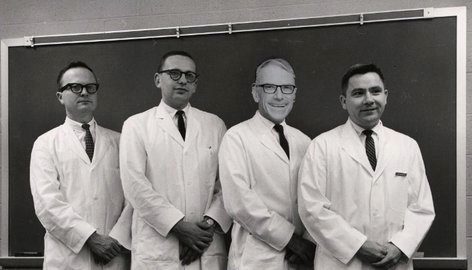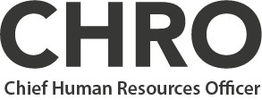8 conditions that help innovation in HR

Recently I was talking to a young HR entrepreneur, looking for some venture capital. One of her questions was: what does it take to be innovative in HR in an organization? During the conversation we compiled a list with eight things that have helped me.
1. The size of the organization
In my experience the size of the organization is important. If the organization is too small, there is no need for HR, let alone HR innovations. If the organization is too big, innovations are generally killed by democracy and bureaucracy.
2. A boss that gives you freedom
It helps enormously if you have a boss or bosses who give you the freedom to operate. Who trusts your professionalism and integrity and who does not feel the need to tell you exactly what to do.
3. A product management approach
When I worked with product managers at Philips Electronics, I learned an important lesson: never ask your client what they want. Of course, you should follow trends. Understand what keeps your clients awake. Talk to all the stakeholders. But it is the task of the product manager to use all the ingredients to design an effective/ innovative/ beautiful / unexpected program or product.
From architects you learn the same: it is killing if you have to go to your client with all your sketches and drawings.
4. Small staff departments
Having many staff departments is not very helpful for innovation. In many big organizations the staff is still very traditionally organized. You have Strategy, Finance, Legal, HR, Communications, IT and sometimes additional teams like Knowledge Management and Special Projects.
Generally, all the big issues are multidisciplinary. The staff teams have to work together to tackle these issues, but this is not easy. It is very common for the staff departments to claim and defend their domains with great effort.
5. A small team with likeminded people
Innovation is always teamwork. You need a team of people who think alike, and who are complementary in skills, approach and the network they can tap on.
6. Partners who are willing to travel with you
It is important to have partners outside the organization who are willing to travel with you into often unknown territory. Who are willing to invest and who are willing to put their best people on your project.
7. Funding
Last but not least: it helps to have some funds available. You might have to be creative in getting some money to start your innovative projects.
8. Rapid Prototyping
What is also important is the room to experiment. Rapid prototyping is very important to learn and to innovate with great speed. I have less experience with this approach, but rapid prototyping deserves to be number eight on the list. A methodology like Scrum seems very useful in this respect. Do not plan years ahead, but only two weeks.
Innovation should be high on the agenda of HR. The current trends offer numerous opportunities, and even if the eight conditions above are not all met, HR can improve its impact with a more innovative approach.
About the author: Tom Haak is the founder and director of the HR Trend Institute (http://hrtrendinstitute.com). Prior to founding the HR Trend Institute in 2014, Tom held senior HR positions in companies as ARCADIS, Aon, KPMG and Philips.












